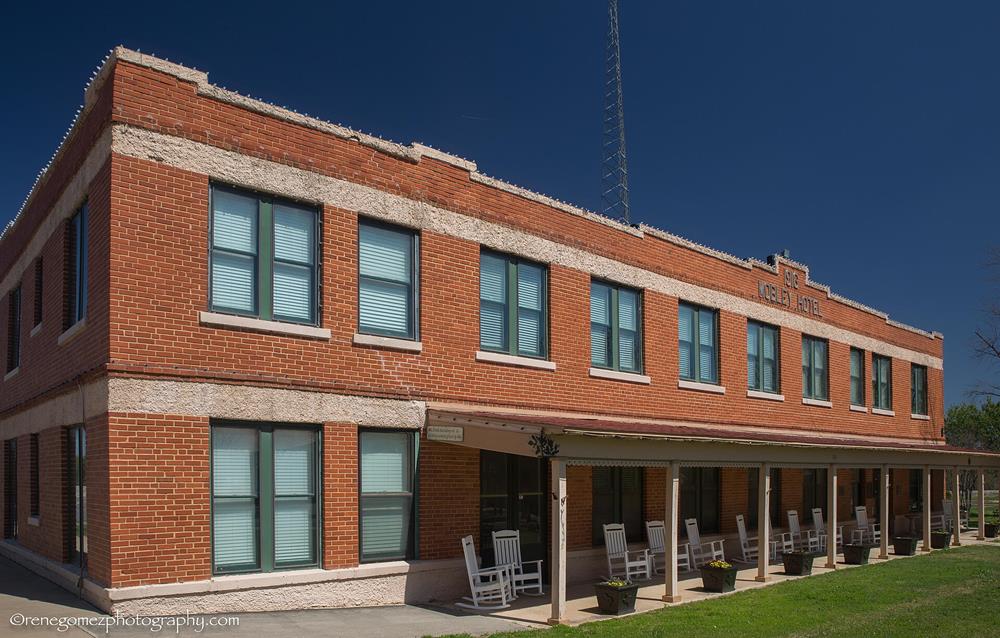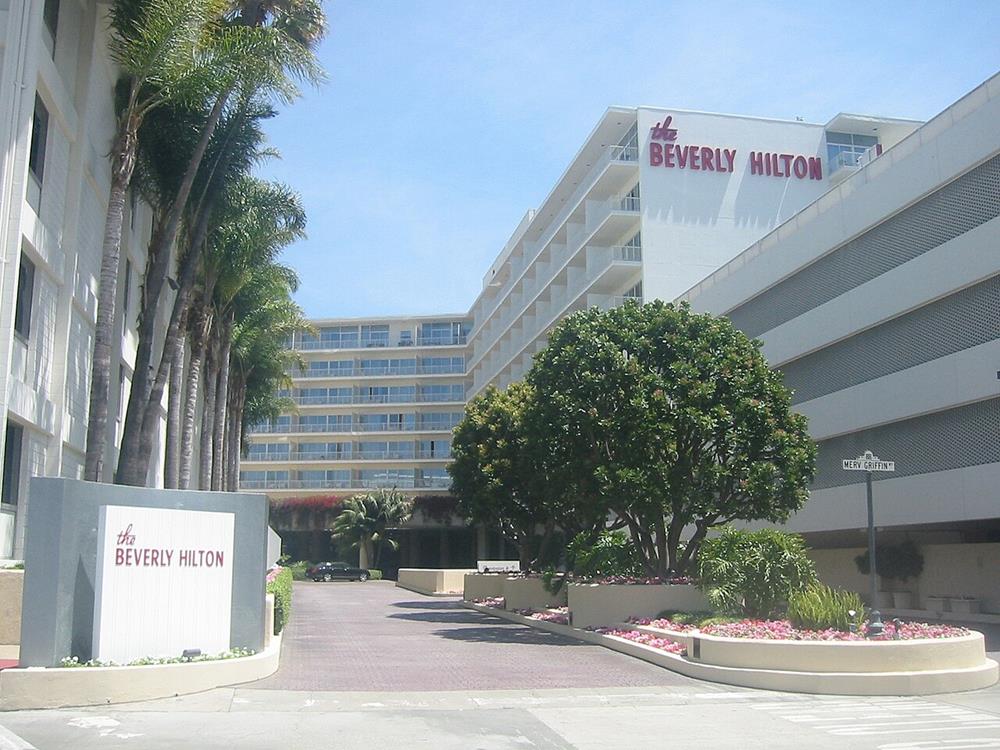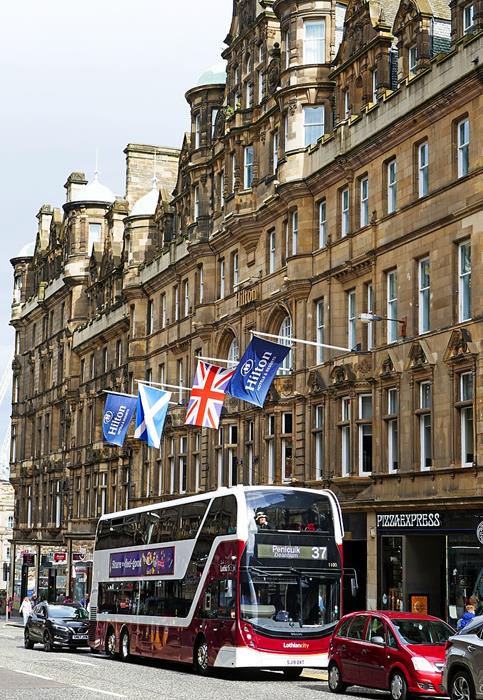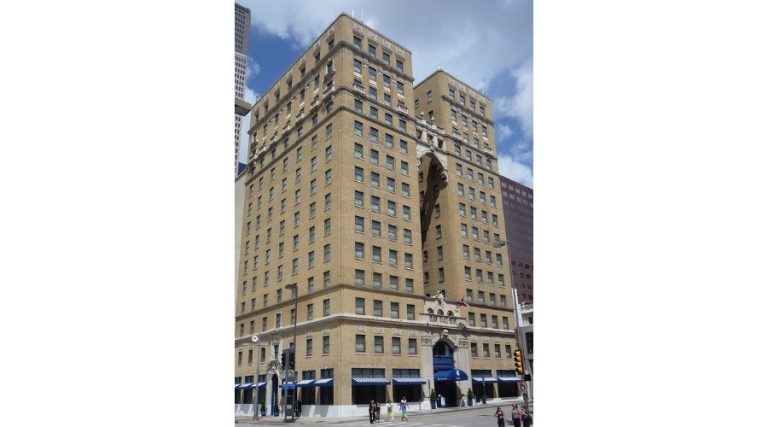Conrad Hilton launched his hospitality empire in 1919 with the 40-room Mobley Hotel in Cisco, Texas during the oil boom. You’ll discover how he expanded across Texas before weathering the Great Depression through strategic focus. Hilton then created America’s first coast-to-coast hotel chain, pioneering innovations like in-room televisions and central reservation systems.
Today, Hilton Worldwide encompasses over 7,000 properties across 123 countries—a journey from small-town entrepreneur to global hospitality icon awaits.
Conrad Hilton’s Humble Beginnings in Cisco, Texas
Before becoming synonymous with luxury accommodations worldwide, Conrad Hilton’s hospitality empire began in the unlikeliest of places—a bustling oil town in rural Texas.
When Hilton visited Cisco in 1919, he immediately recognized opportunity in the booming oil industry. He purchased the 40-room Mobley Hotel, making his first strategic move in the hotel business.
You’ll appreciate how Hilton’s entrepreneurial spirit emerged during this early venture. He cleverly converted the dining room into additional guest rooms to meet overwhelming demand during the Texas oil boom. The Mobley became so popular that rooms changed hands up to three times daily.
Hilton later called the Mobley his “first love and a great lady.” Today, you can visit this Cisco landmark—now a museum with restored rooms—where Hilton Hotels’ global legacy was born.
This humble beginning laid the cornerstone for expansion that would eventually lead to Hilton becoming the first hotel company listed on the New York Stock Exchange in 1946.
The Mobley Hotel: Where the Hilton Legacy Was Born

What makes a small-town Texas hotel the birthplace of a global hospitality empire? In 1919, Conrad Hilton purchased the 40-room Mobley Hotel in downtown Cisco, marking his first step into the hospitality industry. Having arrived from New Mexico, Hilton quickly recognized opportunity in Texas history’s booming oil era.
The Mobley Hotel thrived so tremendously that rooms changed hands three times daily. Displaying his business acumen, Hilton converted the dining room into additional guest rooms to maximize capacity and profit. This Cisco landmark became his testing ground for developing fundamental principles that would define his future success: efficient space usage and prioritizing employee satisfaction.
Today, you’ll find the Mobley Hotel preserved as a museum with curated exhibits—a humble monument to the beginning of the Hilton legacy. Like Highland Village‘s transformation from rural land to an affluent Dallas suburb, Hilton’s empire grew from modest beginnings to become a global hospitality leader.
Expanding Across Texas During the Roaring Twenties
The 1920s marked Conrad Hilton’s dramatic expansion from a single hotel owner to a Texas hospitality mogul. After purchasing his first Hilton Hotel—the 40-room Mobley in Cisco—Hilton capitalized on the Texas oil boom, where his properties enjoyed exceptional occupancy rates.
New hotels followed in Dallas, Abilene, and Waco as his empire grew. By 1929, he’d invested in the San Angelo Hilton, bringing his total to eight hotels across Texas.
You’ll find his ambition reflected in the 14-story Dallas Hilton, built in 1925 for over $1.3 million.
However, Hilton’s rapid expansion collided with unfortunate timing. The Great Depression forced him into unwanted partnerships and cost him properties like the San Angelo hotel, temporarily halting his remarkable Texas growth streak.
His early success coincided with the discovery of oil in the Permian Basin during the 1920s, which transformed West Texas into one of the world’s largest oil communities.
Weathering the Great Depression: Hilton’s Business Resilience
When the stock market crashed in 1929, Conrad Hilton faced the greatest challenge of his career—one that nearly destroyed his budding hotel empire. By 1931, he stood at the brink of bankruptcy.
However, his tenacity and strategic discipline helped him navigate these treacherous years through several smart decisions:
- Merging with W.L. Moody Jr.’s National Hotel Company before resuming independent operations
- Concentrating on his Texas hotel portfolio
- Avoiding overleveraging and sticking with what he knew best—hospitality
From Coast to Coast: Creating America’s First National Hotel Chain

Having survived the Great Depression through strategic focus and business acumen, Conrad Hilton set his sights on a more ambitious goal—national expansion. In 1943, Hilton acquired hotels in New York and Chicago, forming the first coast-to-coast hotel chain in the United States and establishing Hilton Hotels Corporation.
Hilton’s innovative spirit is evident in his hotel empire’s many firsts. In 1947, the Roosevelt Hilton in New York became the first hotel in the world to install televisions in guest rooms. The following year, Hilton became the first hotel company to implement a central reservations system.
Later listed on the New York Stock Exchange in 1946, Hilton’s expansion continued internationally with the Caribe Hilton in Puerto Rico in 1949, and he pioneered the airport hotel model in 1959.
Innovations That Revolutionized the Hospitality Industry
Throughout Hilton’s meteoric rise in the hospitality industry, Conrad Hilton’s dedication to innovation became the company’s defining characteristic. You’ll find Hilton’s pioneering spirit evident when the Roosevelt Hilton in New York City became the first hotel in the world to install televisions in guest rooms in 1947, just before the company went public.
Hilton transformed travel comfort and convenience through:
- The central reservations system launched in 1948, connecting hotels nationwide
- The 1955 chain-wide air conditioning initiative, improving guest experience
- The 1959 San Francisco Airport Hilton, which introduced the airport hotel concept
The Global Expansion and Modern Legacy of Hilton Worldwide

Nearly every corner of the globe now bears the Hilton name, with over 7,000 properties spanning more than 120 countries across six continents. Despite economic downturns, Hilton’s empire continued growing, now valued at over $40 billion.
When Conrad Hilton acquired the Mobley, he couldn’t have imagined his son Barron Hilton would further transform the brand into a hospitality powerhouse with 18 distinct brands. From Waldorf Astoria to DoubleTree, you’ll find Hilton properties catering to travelers across every market tier.
The iconic Palmer House in Chicago became one of Hilton’s landmark acquisitions. As Hilton expanded, it revolutionized the hotel industry with pioneering systems and amenities, creating a legacy that remains synonymous with upscale hospitality around the world.


